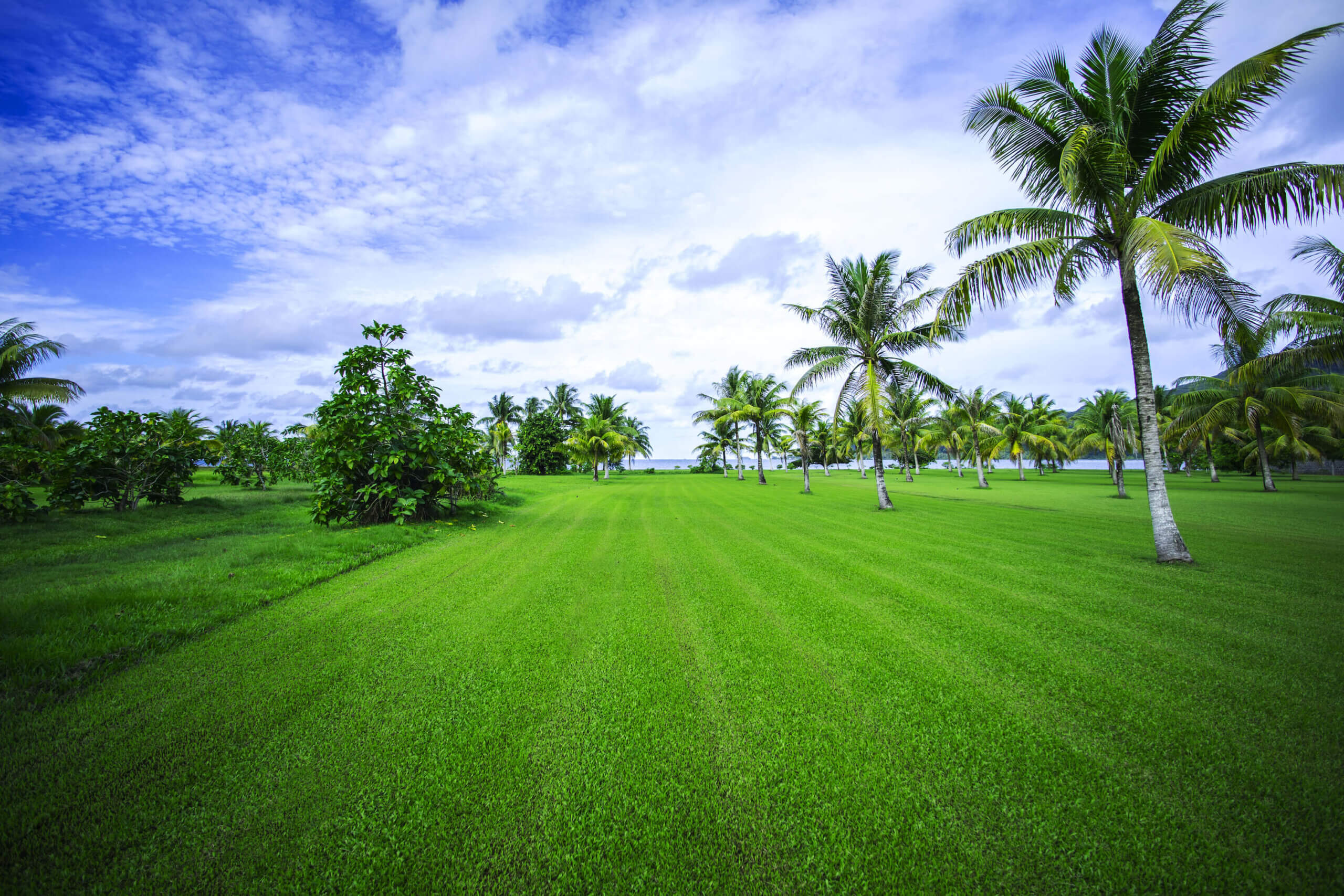
Environmental Facts About Sod
If you are considering using sod to add or improve a lawn on your Florida property, you may have wondered about its impact on the environment. With climate change and other environmental concerns becoming more widespread, there is a lot of misinformation out there about sod and how it affects the environment. Allow us to dispel some of these myths for you so you can get your environmental facts straight. This way, you’ll be able to make an informed decision about whether sod is the best choice for your property.
Myth #1 – Sod Is Expensive
While it is true that buying pre-grown sod is more expensive than growing grass yourself from seeds, sod is not more expensive to maintain over the years and depending on the region you live, will determine if growing grass yourself is even a good idea. Because sod is already flourishing when you plant it, there is less risk of it not growing properly going forward. When you start from seeds, you’ll have to do a lot more work (and likely buy a lot more fertilizer) to get it going from scratch. You may even have to keep filling in bare areas where seeds don’t take root the first time. This will definitely add to your costs. The seedling stage is the most challenging to get right. Luckily, living in the south, we don’t typically grow grass from seedlings. Warm season grasses are grown vegetatively, meaning they grow from actual pieces of the grass such as sprigs. Thus, you will spend far less money.
Having a healthy lawn can help you save money in other areas as well. Lawns help to reduce the temperature around your home, in turn, keeping it cooler inside. When the weather gets hot in the summer, your lawn will help mitigate the heat. This leaves you less reliant on your home’s air conditioner for cooling throughout the day. While you may not notice the impact immediately, you’ll certainly see it show up over time on your utility bills.
Finally, a lush, green lawn can add significant value to your home. This will help to negate the initial installation costs. Depending on what you had in your yard before the lawn, new grass can add up to 20 percent in additional value. This can be of great importance whenever you decide to sell your home.
Myth #2 – Sod Requires More Water
Once established, sod requires no more water than grass grown from seeds. While you may need to water a bit more deeply at first until the root structure is established, after that, you can water as usual. If you are concerned about the amount of water you’ll need to use, be sure to choose your grass variety wisely. Some species require more water than others. It is important to do your research in advance so you know what to expect.
Lawns are great at absorbing rainfall as well. Whenever it rains, your lawn will soak up that water and absorb any chemicals it contains, preventing them from leeching into the groundwater. Not only that, but grass also prevents erosion. The grass clings to the soil and helps it stay in place, even during heavy rains. The deeper your lawn’s root structure, the greater the effect.
Myth #3 – Growing Sod Produces Carbon Emissions
It is not the growing process itself that increases carbon emissions. It is the transporting of that sod to various landscapers, retailers, and other outlets. Here at Duda Sod, we do our part to minimize emissions as much as possible. We have multiple sod farms located throughout Florida and Georgia. Any sod you buy from us is grown locally so that transport distances are minimal.
You can take comfort in knowing that lawns, whether grown from seed or sod, are excellent at removing carbon and other pollutants from the atmosphere. The lawn then releases oxygen, providing clean air for you and your loved ones to breathe. In fact, a large lawn spanning about 2,000 square-feet can provide all the clean air you’ll need for a family of four!
Learn More About the Environmental Benefits of Sod
The experts here at Duda Sod would love the chance to tell you more about how sod can not only complete your landscaping, but how it makes a positive, environmental impact. We strive to provide sod varieties that are perfectly suited for the Florida climate. These varieties require minimal water, fertilizer, and upkeep. Contact us today to get started.